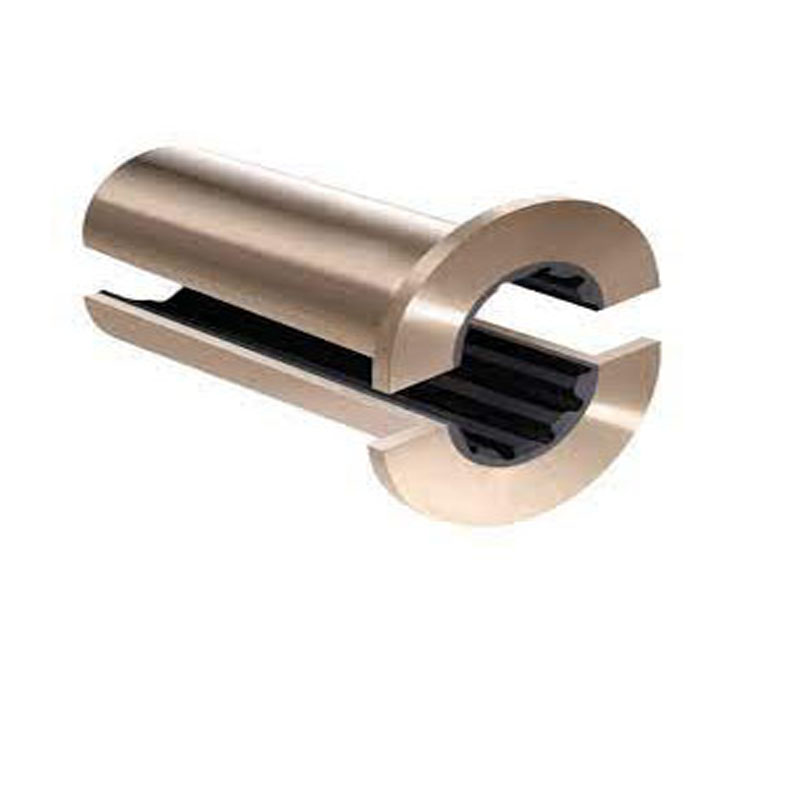oil pan drain plug
Understanding the Importance of the Oil Pan Drain Plug
The oil pan drain plug is a small yet crucial component in the engine oil management system of a vehicle. Often overlooked, this humble plug plays a significant role in ensuring the proper functioning and longevity of an engine. Understanding its purpose, maintenance, and potential issues can help vehicle owners take better care of their engines and avoid costly repairs.
Functionality of the Oil Pan Drain Plug
The primary function of the oil pan drain plug is to provide an access point for the engine oil to be drained from the oil pan during servicing. The oil pan, which is located at the bottom of the engine, collects engine oil that lubricates various moving parts. Over time, oil can become contaminated with dirt, debris, and metal particles, losing its effectiveness as a lubricant. To maintain optimal performance, oil changes are necessary, and the drain plug is integral to this process.
When performing an oil change, the drain plug is removed to allow the old oil to flow out completely. This ensures that the new oil can circulate freely throughout the engine, enhancing lubrication, reducing friction, and ultimately improving engine efficiency. Regular oil changes are essential to prolonging the life of an engine and preventing severe damage.
Maintenance Considerations
Maintaining the drain plug is vital for ensuring that it functions properly. One common issue is the wear and tear of the plug or its gasket, which can lead to oil leaks. Regularly checking for leaks around the drain plug is an important step in vehicle maintenance. If a leak is detected, promptly replacing the drain plug or its gasket can prevent further issues.
oil pan drain plug

It is also essential to ensure that the drain plug is tightened to the manufacturer’s specifications. Over-tightening can strip the threads, while under-tightening may result in oil leaks. Using a proper torque wrench can help achieve the right balance, ensuring a snug fit that prevents leakage without damaging the plug.
Troubleshooting Common Issues
If you notice any signs of oil leakage around the drain plug, or if you find oil spots on the ground where your vehicle is parked, it is time to investigate further. In some cases, simply tightening the plug may resolve the issue. However, if the leak persists, the gasket might need to be replaced, or the drain plug could be damaged.
Additionally, during an oil change, it’s a good practice to inspect the oil drain pan and the plug for any signs of corrosion or damage. Keeping the area clean and free from debris can also help maintain the integrity of the drain plug and prevent potential complications.
Conclusion
In conclusion, while the oil pan drain plug may seem inconspicuous, its role is vital to maintaining a healthy engine. By understanding its functions and proactively managing maintenance, vehicle owners can ensure their engines run smoothly and efficiently. Regular inspections, timely oil changes, and addressing any issues with the drain plug can ultimately save time, money, and the hassle of engine repairs down the line. Emphasizing the importance of such a small part highlights the need for comprehensive vehicle maintenance practices.
-
Simplifying Oil Changes: A Comprehensive Guide to Oil Drain Plugs and Their Variants
News Aug.04,2025
-
Mastering Oil Drain Maintenance: Solutions for Stripped, Worn, and Upgraded Oil Plugs
News Aug.04,2025
-
Fixing Oil Pan Plug Issues: Leaks, Stripped Nuts, and the Right Replacement Solutions
News Aug.04,2025
-
Everything You Need to Know About Oil Drain Plugs: Sizes, Fixes, and Upgrades
News Aug.04,2025
-
Choosing the Right Oil Drain Plug: A Guide to Sizes, Materials, and Drain Innovations
News Aug.04,2025
-
A Complete Guide to Automotive Drain Plugs: Types, Problems, and Innovative Solutions
News Aug.04,2025
-
The Ultimate Guide to Car Repair Kits: Tools and Essentials Every Driver Should Own
News Aug.01,2025
Products categories















